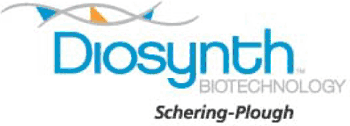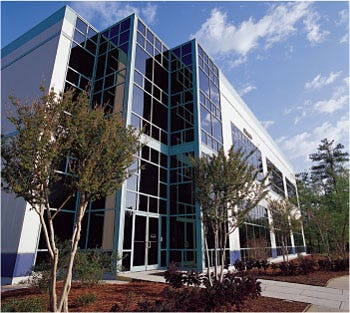Optimization of a PEGylation Reaction Using Design of Experiments (DOE)Optimization of a PEGylation Reaction Using Design of Experiments (DOE)

The covalent attachment of polyethylene glycol (PEG) to a therapeutic protein is frequently used to increase the half-life of that protein in patients while reducing their immunogenic response. The PEGylation reaction can be optimized to maximize the desired product (average moles of PEG per mole of protein) molecules while limiting undesired byproducts (under- and over-PEGylated species). In the example discussed here, the desired molecule was mono-PEGylated, yet the preoptimized reaction yielded multi-PEGylated species visible by SDS-PAGE. The goal of our experiments was to maximize the amount of mono-PEGylated product produced during the PEGylation reaction while minimizing the costs associated with manufacturing the mono-PEGylated product.
Protein X is a novel therapeutic protein produced by the Pichia pastoris expression system. After purification, Protein X is reduced and PEGylated, then the mono-PEGylated species purified. We determined the structure of the experiments to optimize the reaction using a design of experiment (DOE) process. Interaction of following parameters was investigated at reduced scale: reaction pH, amount of reductant, and resulting PEG/protein ratio. Size-exclusion HPLC was used to quantify the amount of mono-PEGylated, multi-PEGylated, and unreacted protein.
An initial custom DOE indicated that the PEG/protein ratio was the most critical parameter, followed by pH of the reaction. The results were analyzed with two distinct goals: 1) maximize mono-PEGylated species, 2) minimize the impact on cost per gram of such species. Our overall objective was to provide a compromise between these two goals. When we reviewed the initial DOE results with those two goals in mind, results indicated that the parameter ranges could be optimized in a second DOE. The pH range investigated was shifted from 7.0-8.0 to 6.5-7.5; the range of reductant added was reduced from a molar ratio of 1-3 to a molar ratio of 1.5-2.5; and the PEG/protein molar ratio was tightened from 1.25-2.25 to 1.5-2.0 after the proper ranges were identified, we performed a full factorial DOE to optimize those three parameters before manufacturing-scale production. Table 1 lists the results of the two DOEs.

Table 1. DOE results
Those data demonstrate that the mono-PEGylated species yield was highest at the following conditions: pH 6.74, a molar ratio of 3.0 for the reducing agent, and a PEG/protein ratio of 2.25. However, when the cost and availability of the reagents were taken into account (in addition to the time required for pH adjustment in manufacturing) the conditions that resulted in both the highest mono-PEGylated species and the lowest cost were pH 7.0, a molar ratio of 2.0 for the reductant, and a PEG/protein ratio of 1.75.
DOE is often used to determine optimal reaction conditions. In this case, product maximization was weighed against cost per gram of product to determine the optimal manufacturing conditions for this product.
Company Profile
Diosynth Biotechnology, a full-service contract manufacturer, has a proven track record of more than 12 years in cGMP manufacturing of complex recombinant proteins for clinical and commercial use, offering technical excellence, reliable execution, collaborative project management, and demonstrated regulatory expertise. Diosynth Biotechnology is part of Schering-Plough Corporation.
You May Also Like






